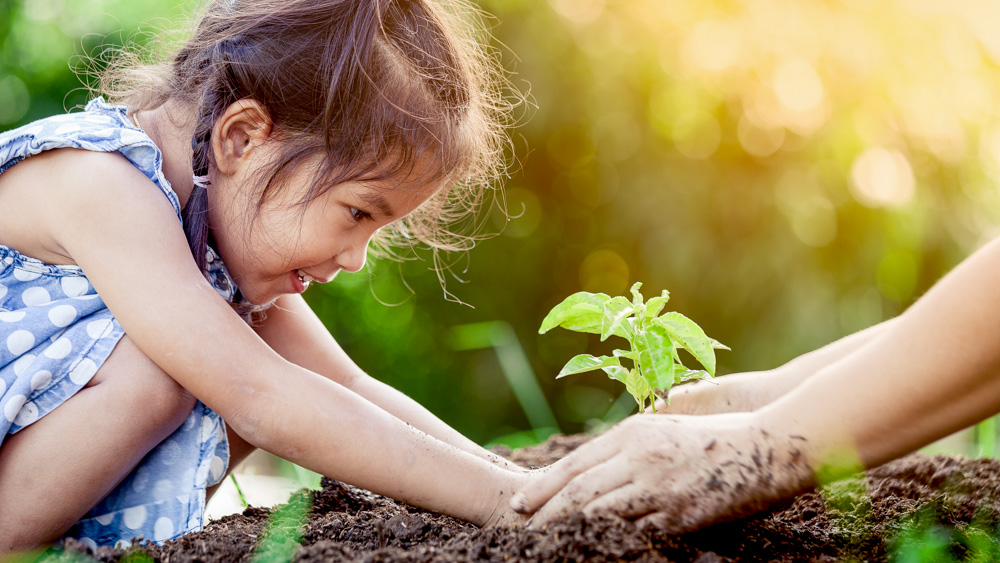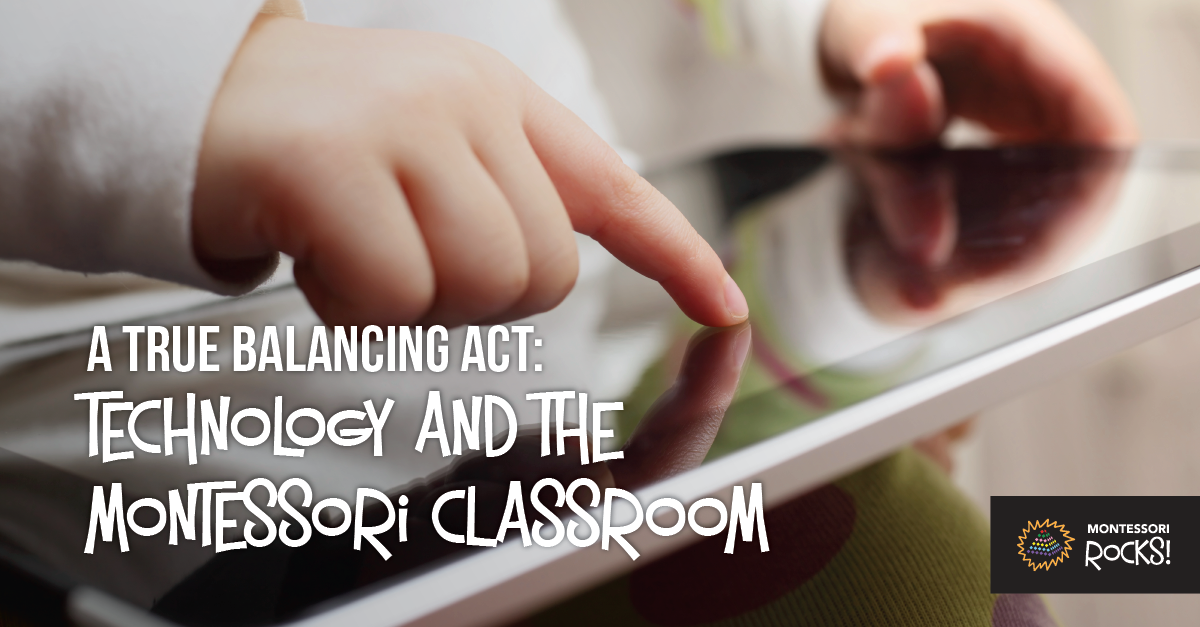"The greatest gifts we can give our children are the roots of responsibility and the wings of independence." -Dr. Maria Montessori
It's time to shift gears once again and transition to summer. After the kind of spring we have had, we are probably all ready to close this chapter, and find our new summer rhythm. Some of us will stay put, while others may travel. Many camps have been cancelled and that is a huge disappointment. But, as parks, playgrounds, pools, and recreation centers open up, I am sure many of us will be heading there. Over the last few months, we all found a routine and schedule that worked for our individual families. The same will happen this summer. For our children, consistency and knowing what to expect each day, remains important. For starters, I plan to give my children (and myself!) a week off. A week to breath, and rest, and play, and enjoy. To not worry about school and assignments. I encourage everyone to take a break from "teaching" and celebrate all that you accomplished and supported the last few months. As a teacher, I thank you, and as a mother, I validate you. We will then have a family meeting where we sit around the table and discuss what each of us hopes to get out of the summer. Its important for each family member to be heard...even if what they dream about is a vacation to Disney World (kids) or the spa (me), for example. (haha!) You can use your spring schedule as a model and set shorter, smaller increments of time to do various activities. I would like to see my children, and my students, reading, writing, and working on some math over the summer. We will have a time each day to work independently and a time to come together. And of course, we will have lots of opportunities to get outside.
We have floated the idea of setting up a 1-2 hour work cycle each day and that's it. Keeping a journal is a great way to get in summer writing. Helping make grocery lists, counting various objects, telling time, or reading a book together, and then watching the movie if one exists. Maybe you decide as a family to each research one topic during the week and present it to one another at the end. Maybe you learn about an artist, or a country, or a type of food. Maybe you select an children's author and embark on an author's study by comparing different books written by them. Maybe you decide to make a meal together and take the week to learn how to prepare one part each. There are so many opportunities for learning and growing over the summer. And even when you can't see it, our children are growing, connections are being made. Even in the smallest, most unexpected places, a flower can bloom.
























